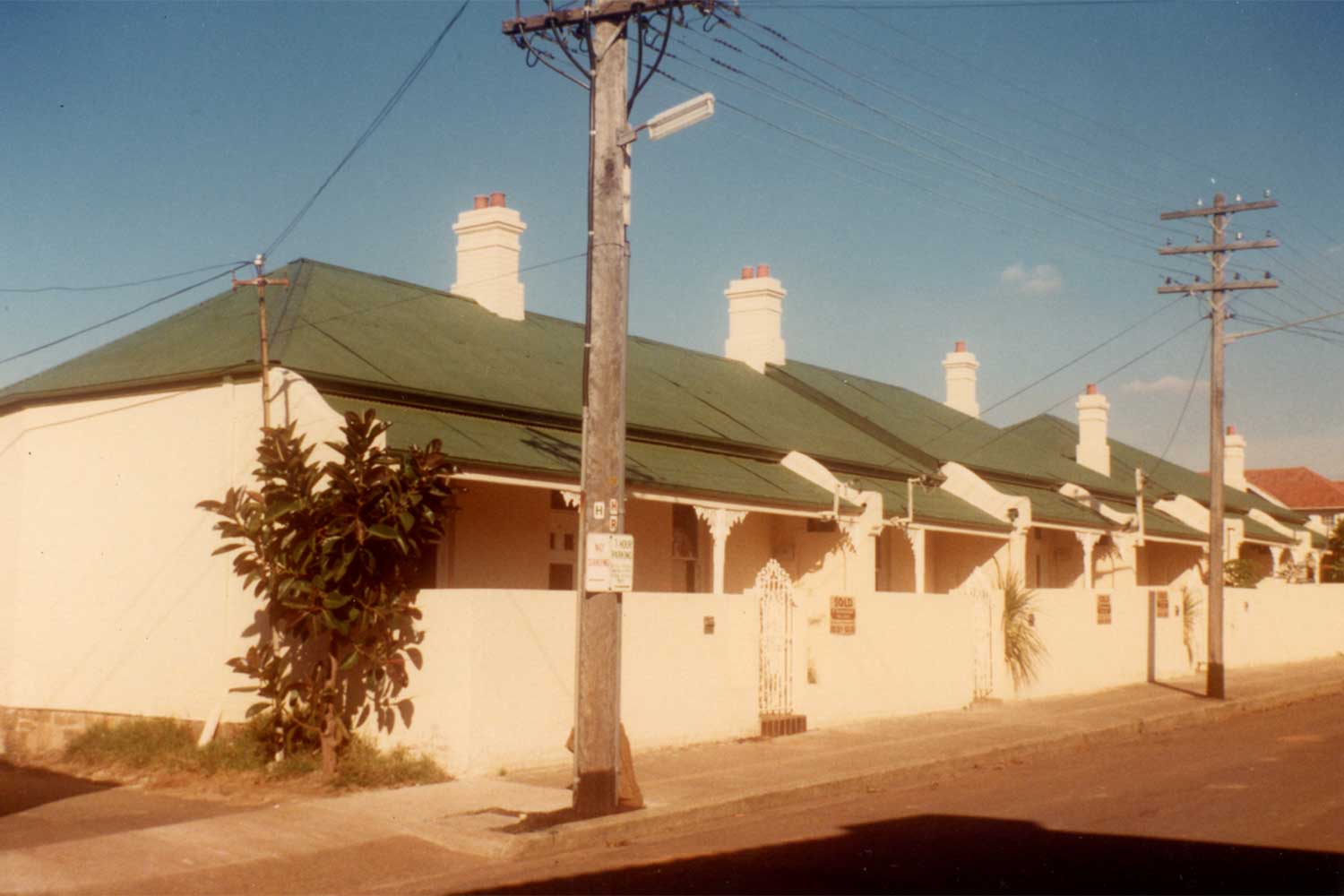Mosman bomber pilot Bill Purdy marks 80 years since D-Day landings.
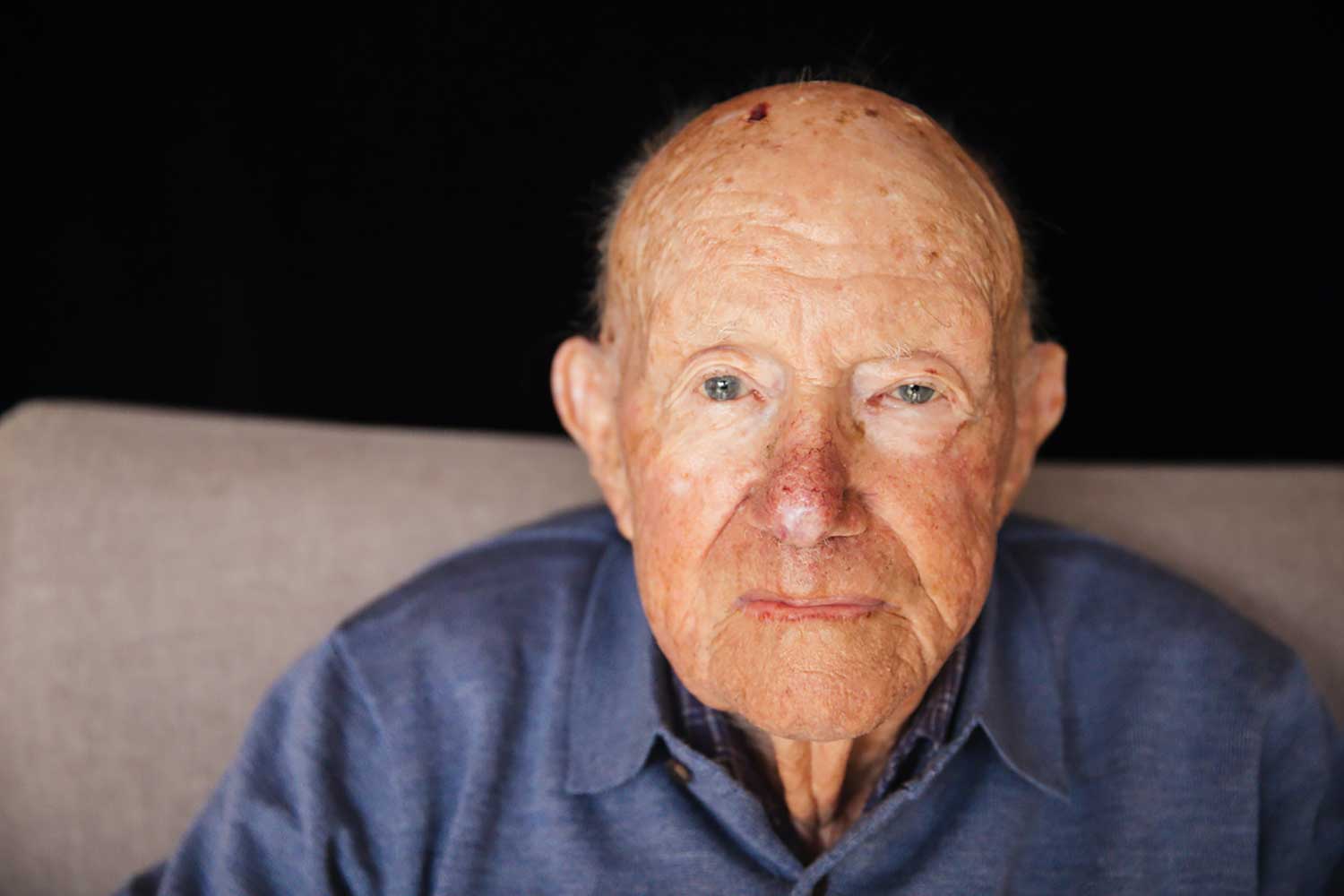
Mosman’s Bill Purdy shares his memories of the D-Day landings, 80 years on. Image: Graham Monro gmphotographics.
By ANNA USHER
For Mosman’s Bill Purdy, the memories of 6 June 1944 are ever vivid and ever-present.
Exactly eighty years ago, the Australian war hero flew his Lancaster heavy bomber as Allied forces launched D-Day, the world’s largest seaborne invasion to liberate Europe from Nazi rule.
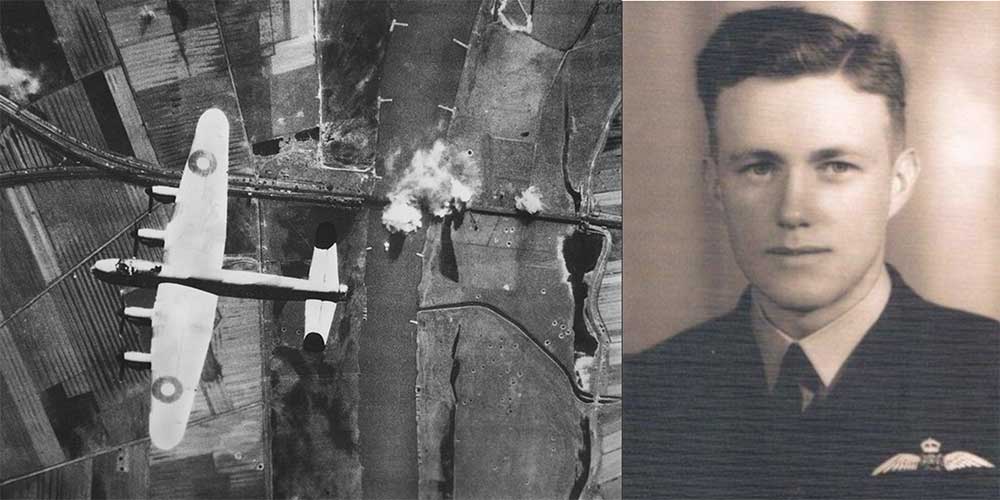
“There were so many ships we could have put our wheels down and taxied across the water to England,” Mr Purdy said of D-Day.
What he witnessed on that day will never leave him.
“The weather was shocking, but we had to fly to take out the German guns at Pointe du Hoc,” Mr Purdy said. “When turning for home, the sight was incredible.
“There were so many ships we could have put our wheels down and taxied across the water to England.”
“For memory, there were 290 mine sweepers, 5000 ships of different sizes and 140 thousand soldiers.”
“It was breathtaking.”

Mr Purdy was one of 3,300 Australians who took part in the D Day invasion.
Mr Purdy, who recently celebrated his 101st birthday, was among 3,300 Australian soldiers, sailors and airmen taking part.
At the time, he was aged just 21.
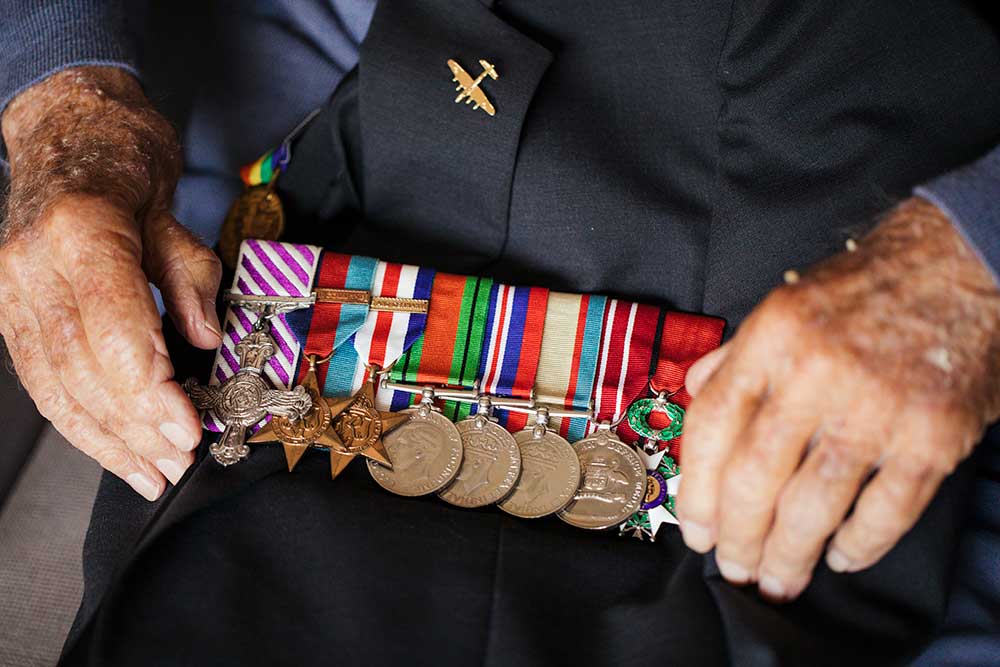
Mr Purdy is Mosman’s most decorated war hero, who has just celebrated his 101st birthday. Image: Graham Monro.
Get The Latest News!
Don’t miss our top stories delivered FREE each Friday.
Already an experienced airman who had completed numerous bombing missions for the 463 squadron, Mr Purdy had no prior knowledge of the historic invasion.
“We didn’t know until the night before that this was going to be the big attack to start the war’s end,” he said.
Purdy’s plane was one of 150 Lancasters, each carrying fourteen 1000-pound bombs, tasked with destroying a German heavy gun battery at the Pointe du Hoc on Normandy’s coast.

Mr Purdy said he will never forget the breathtaking sight of allied ships heading towards France.
Allied commanders believed its destruction ahead of a massive beach assault by a force of 130,000 troops was crucial to the success of D-Day.
He recalls the “terrible” weather on D-Day, which made flying treacherous but also offered the advantage of surprise.
“One reason for the success was that the Germans thought that no one in their right mind would start an invasion when the weather was that bad.”
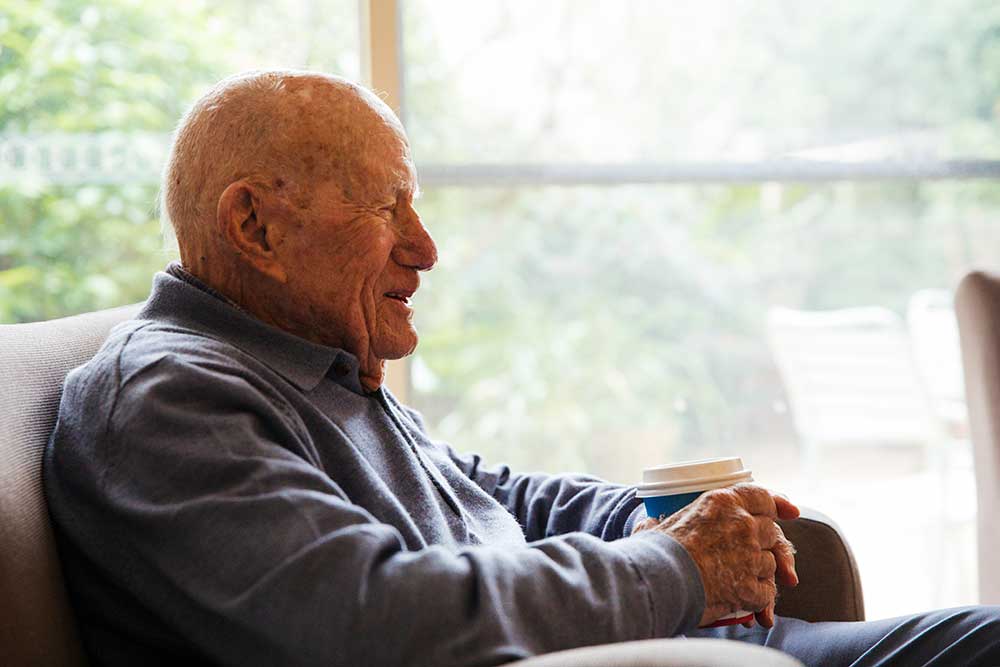
Mr Purdy was attached to No. 463 Squadron’s Bomber Command, and completed 37 successful missions in WWII.
Mr Purdy, who still lives independently in Mosman, flew a remarkable 37 missions, surviving in a squadron that lost 78 aircraft and 546 aircrew, of which 225 were Aussies, and returned home to become the chairman of Arnott’s biscuits.
A total of 4414 Allied troops were killed on D-Day. More than 5000 were wounded.
The exact German casualties aren’t known, but historians estimate between 4000 and 9000 men were killed, wounded or missing during the D-Day invasion.
Mr Purdy said he would watch the 80th anniversary commemorations on television while recovering from Covid.
GOT A NEWS TIP? GET IN TOUCH!
Email: [email protected]
Get The Latest News!
Don’t miss our top stories delivered FREE each Friday.







